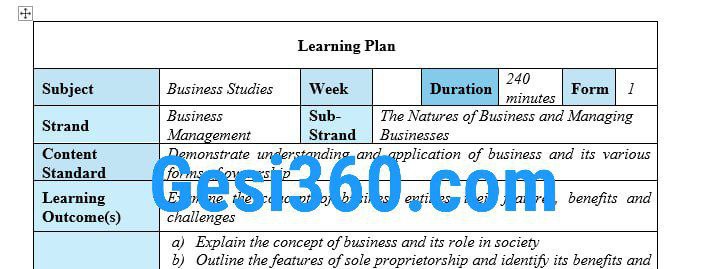
New Lesson Plan ( Learning Planner ) For SHS/SHTS/STEM Curriculum Features and Details
All is set for the official roll out of the Standards-Based Curriculum [SBC] at all public SHSs/SHTSs/ STEM schools throughout the country. Ahead of the roll out in September-October, 2024, stakeholders led by the National Council for Curriculum and Assessment [NaCCA], Ghana Education Service [GES], National Teaching Council [NTC] and their partner organization, Transforming Teaching Education and Learning [T-TEL] are taking teachers through Departmental Professional Learning Community [DPLC] sessions with a focus on how to populate or fill learner planners.
Learning Planner
The learner planner is not an entirely new thing. It is an upgraded version of the lesson notes that teachers currently use.
- Download SHS/SHTS/STEM Learning Planner Week 1 and 2 Biology
- Download SHS/SHTS/STEM Learning Planner Week 1 and 2 Physics
- Download SHS/SHTS/STEM Learning Planner Week 1 and 2 Chemistry
- Download SHS/SHTS/STEM Learning Planner Week 1 and 2 Business Studies Learning Planner
Key features
There are, however, some key features of the learner planner that are not found in the lesson notes.
Let us take a look at the key features of the learner planner.
The features include the;
Strand,
sub-strand,
content standard,
learning outcome(s),
learning indicator(s) and essential questions.
Others are pedagogical exemplars,
Teaching & learning resources,
key notes on differentiation,
key words,
Teacher activity,
Learner activity,
Assessment based on depth of knowledge,
Lesson closure and reflection & remarks.
Half Populated
A key departure from the existing lesson plans is that the soon-to-be introduced learning planners will come half populated with teachers expected to populate it to make it a learning plan.
This means that features such as name of the subject, week, duration, strand, sub-strand, content standards, learning outcomes and learning indicators will be pre-populated.
Teachers will, however, be required to populate the essential questions, pedagogical exemplars, teaching & learning resources, key notes on differentiation, key words, activities, depth of knowledge, lesson closure and reflection & remark columns.
Meanwhile, the nature of the learning planner is such that it will be better for teachers to populate them on their computers.
This will require a basic knowledge in Microsoft word.
For better understanding and filling of aspects such as essential questions, pedagogical exemplars, teaching learning resources, key notes on differentiation, starter, and lesson closure, teachers will also require some basic digital literacy and knowledge.
For example, they will need to locate some appropriate short videos for their starters.
Teachers may need to search the internet for proper examples of essential questions.
How to Draft Essential Questions in Lesson Planner with Examples
Keynotes on differentiations
Another important departure from the existing lesson notes is the key notes on differentiation.
This is one main crosscutting issue and game changer in the standard-based curriculum.
In the SBC, there is a recognition that in teaching every focal area or theme under a sub-strand, teachers are likely to have at least three groups of learners:
those approaching proficiency [AP],
those who are proficient [P] and
those who are highly proficient [HP].
These categorizations are not cast in iron; they are subject to change based on a given focal area.
In other words, there is no fixed categorization of the learners.
A learner who is AP in a given focal area may be a P or HP in another focal area or lesson.
Teachers are also not expected to disclose these labels to the learners.
Under the key notes on differentiation, teachers will be expected to show differences in three main areas.
The first area is the learning tasks.
This will require that teachers vary their tasks in a manner that it caters for the needs, abilities and interests of all learners including the gifted ones.
The second requirement is the pedagogy.
Here, teachers will be required to deploy varied student-centred pedagogies to cater for the diverse needs of their classrooms.
The third and final part is the key assessments which are also expected to be varied based on the four levels of depth of knowledge.
When this is done and done well, no learner in our classrooms will again be left behind as was the case in the past.
This will be a true measure of learning in our schools.
It is, however, important to say that these key assessment questions are not the same as the essential questions nor the depth of knowledge.
Key Levels of Assessment Level 1, 2, 3, 4, Explanations and Examples
Another thing is that teachers will have to ensure that there are clear alignments between their choice of pedagogical exemplars, teaching & learning resources and activities.
This means that a teacher cannot just indicate a pedagogical exemplar or resource that he or she knows will not be used.
- Download SHS/SHTS/STEM Lesson Planner Week 1 and 2 General Science
- SHS New Weekly Lesson Plan Template For the New Curriculum 2024
- Download Biology Teacher Manual (Year 1) For SHS/SHTS/STEM Book 1
Time
Time management is another key feature of this learning planner.
Depending on a subject, a lesson may last for one hour or two. Each aspect of the learning planner is timed from the starter to the lesson closure. This means that teachers have no luxury of time to shift focus unnecessary from the focal area or theme being facilitated.
More significantly, teachers need to recognize that the era of teacher-centred approaches to teaching and learning has given way to student-focused and student-led learning and knowledge discovery.
Teachers, are, therefore, not expected to impose themselves on the lessons.
Teachers are to guide, assist, help, and direct the learners. This is one area the teachers may need the help of the internet.
They may need relevant videos on learner-centric classrooms or pedagogies to guide them.
ICT and Digital Literacy
In conclusion, ICT and digital literacy will be indispensable in populating the learning planners to make them learning plans in readiness for teaching and learning.
Against this backdrop, supervisors including headmasters, assistant headmasters and SISOs (where possible), SIAs and Regional Inspection school teams must not be insistence on the use of hand-written plans.
In fact, it will be much more flexible and convenient to populate the learning planners by using computers.
Downloads
Download Biology Teacher Manual (Year 1) For SHS/SHTS/STEM Book 1
Download Geography Teacher Manual (Year 1) For SHS/SHTS/STEM Book 1
Download Art and Design Foundation Teacher Manual (Year 1) For SHS/SHTS/STEM Book 1
Download Government Teacher Manual (Year 1) For SHS/SHTS/STEM Book 1
Download History Teacher Manual (Year 1) For SHS/SHTS/STEM Book 1
Download Home Economics Teacher Manual (Year 1) For SHS/SHTS/STEM Book 1
Download Additional Mathematics Teacher Manual (Year 1) For SHS/SHTS/STEM Book 1
Download Mathematics Teacher Manual (Year 1) For SHS/SHTS/STEM Book 1
Download Social Studies Teacher Manual (Year 1) For SHS/SHTS/STEM Book 1
Download Chemistry Teacher Manual (Year 1) For SHS/SHTS/STEM Book 1
Download Literature-in-English Teacher Manual (Year 1) For SHS/SHTS/STEM Book 1
Download Physical Education & Health (Core) PE Teacher Manual (Year 1) For SHS/SHTS/STEM Book 1
Download Performing Arts Teacher Manual (Year 1) For SHS/SHTS/STEM Book 1
Download English Language Teacher Manual (Year 1) Teacher Manual For SHS/SHTS/STEM Book 1
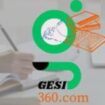
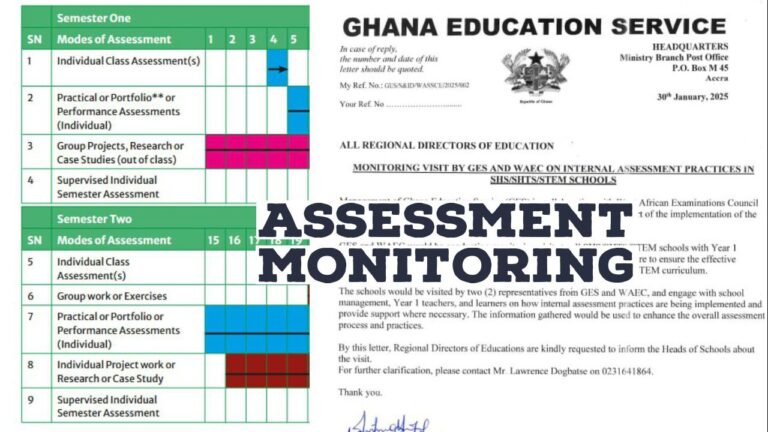
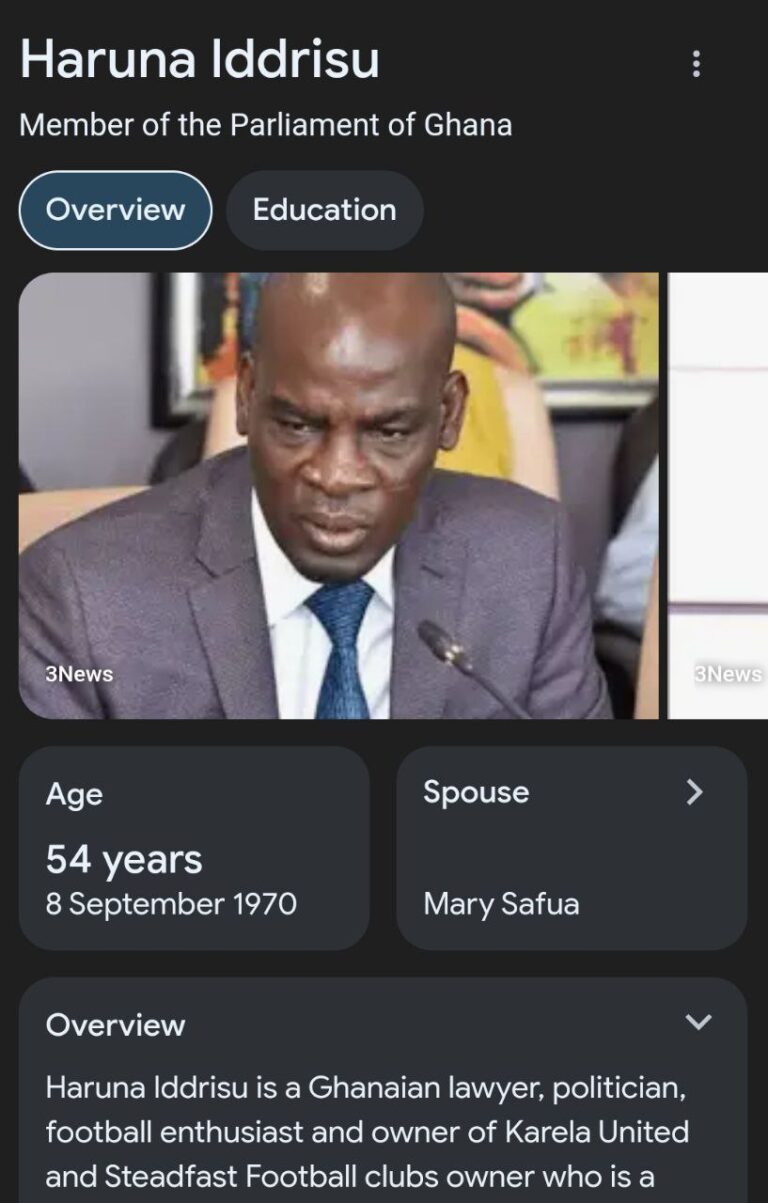

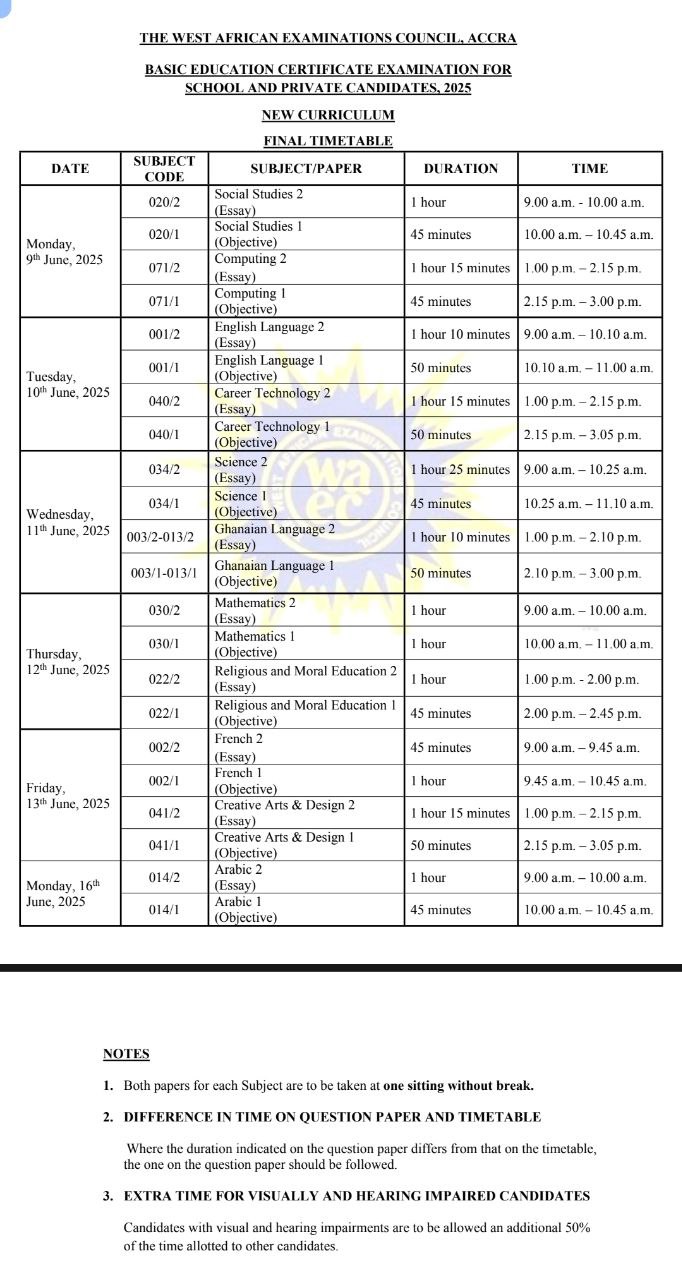
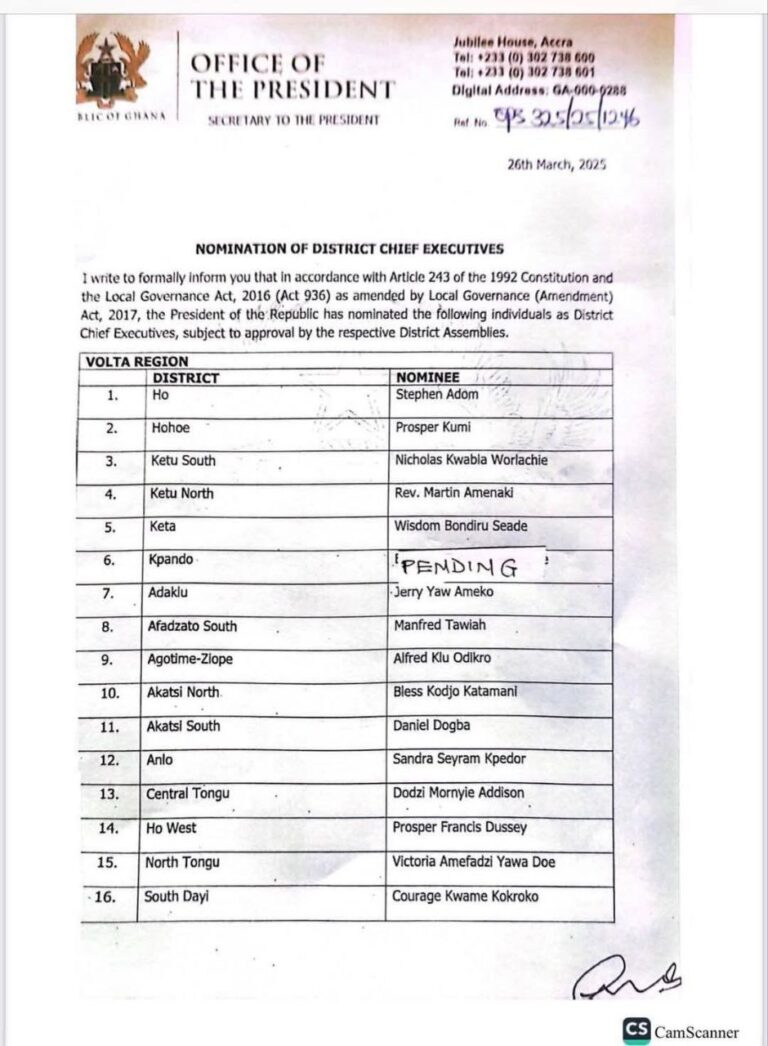


Please, I didn’t see the Learning Planner for English Language. Could you share it?